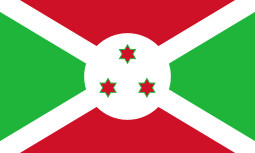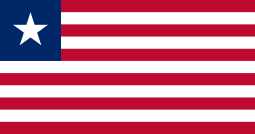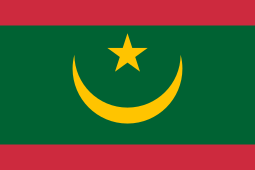Managed float regime
Managed float regime is the current international financial environment in which exchange rates fluctuate from day to day, but central banks attempt to influence their countries' exchange rates by buying and selling currencies to maintain a certain range. The peg used is known as a crawling peg.
| Foreign exchange |
|---|
| Exchange rates |
|
| Markets |
| Assets |
| Historical agreements |
|
| See also |
In an increasingly integrated world economy, the currency rates impact any given country's economy through the trade balance. In this aspect, almost all currencies are managed since central banks or governments intervene to influence the value of their currencies. According to the International Monetary Fund, as of 2014, 82 countries and regions used a managed float, or 43% of all countries, constituting a plurality amongst exchange rate regime types.[1]
List of countries with managed floating currencies

- Source IMF as of April 31, 2008


















































See also
- December Mistake
- Black Wednesday
- Fixed exchange rate
- Floating exchange rate or Floating currency
References
- "IMF finds more countries adopting managed floating exchange rate system". Nikkei Asian Review. Nikkei. August 19, 2014. Retrieved 5 March 2015.
- Japanese yen
- http://www.trinidadexpress.com/commentaries/Floating-of-the--TT-dollar-20-years-later-201153211.html. Missing or empty
|title=(help)